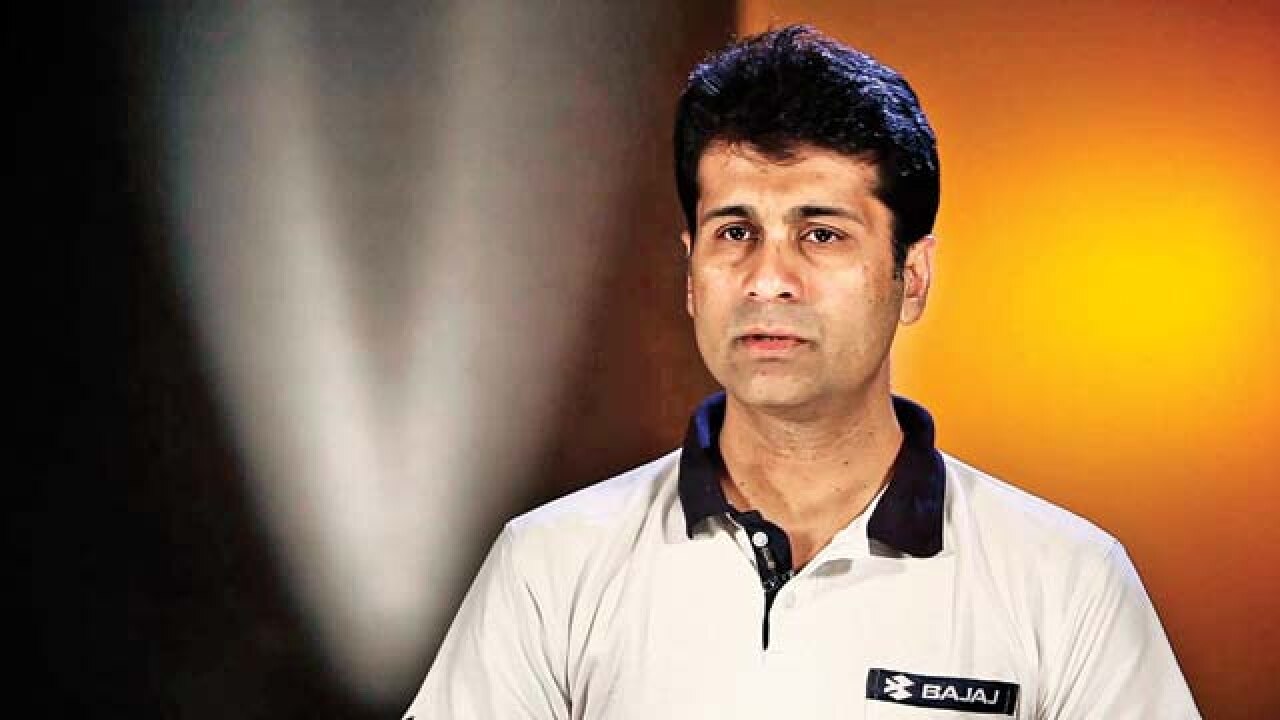
Rajiv Bajaj, managing director and Amit Nandi, president, Probiking at Bajaj Auto Ltd spoke at length during a media interaction on the occasion of the launch of KTM RC390 and RC200 bikes in Pune. The Indian two-wheeler firm, which owns 49% stake in the Austrian brand that it rescued around eight years ago, says that KTM is now churning out more than 200,000 units a year and has given around 5-7 times returns.
During those times, KTM was not doing good though the brand remained strong. What it needed was support. The result is now for everyone to see as the company is now churning out more than 200,000 units as compared to about 65,000 units previously. However, I would like to bring out that the credit for the turnaround goes more to KTM than to us. The KTM management team was here recently and we have already started planning for the things which we are going to do for the next 10 years. There is an adage that imitation is the best form of flattery. Now, the competitors are also trying to do what we have done with KTM.
We are not into Dalal Street but into the business of racing. Our investment in KTM is as high as 49%. We have always believed that mutuality in purpose is far more important than equity. I want to clarify that equity was not a necessary condition for the partnership and association with KTM. The company was struggling and we took a huge leap of faith. KTM has grown since then and given us 5-7 times increase in value to what we invested. The returns are just the collateral out of it.
This reminds me of an instance when someone asked the CEO of Honda Motor Company as to what are the similarities between the management of US and Japanese companies. The CEO replied that it is about 95% same and the rest 5% difference is actually what makes the difference. Similarly, we have learned a lot of finer aspects of businesses from KTM. They, too, have learned more from Bajaj.
I can not say at this point whether it will be made at our plant in Pune or not. We will definitely source many more products from suppliers and vendors here. Since we use the same platform for our Bajaj products, we will not involve Bajaj Auto into any project that has no relevance for the company. So, at this time, I can not really say where it will be produced.
Like India, we have been given the responsibility to develop a market for KTM in Indonesia. Last time when we entered the market was as a distributor. But this time, it will be through the KTM network. It is interesting to note that Indonesia has long been the backyard for Japanese car manufacturers. Now, how would an outsider enter the market? The first and most obvious step would be to play on price. But that is not how we play the game as we know that people don't buy products but they buy brands. We realised that if we want to make a mark, then we have to take a brand which is more potent than the Japanese ones. The US or European brands are perceived to be better than mass-producing Japanese brands. So, even though we have invested, the fact remains that KTM is an independent European brand.
To be frank, I have spent around 25 years in this business and have never seen a single Budget. For me, it has no relevance to my work. If the Budget is good, it will be good for all, and if it is bad, then it will be bad for all. Then, why should I scratch my head over it? No matter what, if my product is good, it will do good business.
The demand from smaller towns is growing at a tremendous pace. At present, the bottom 100 cities in India count for over 35% of the sales.